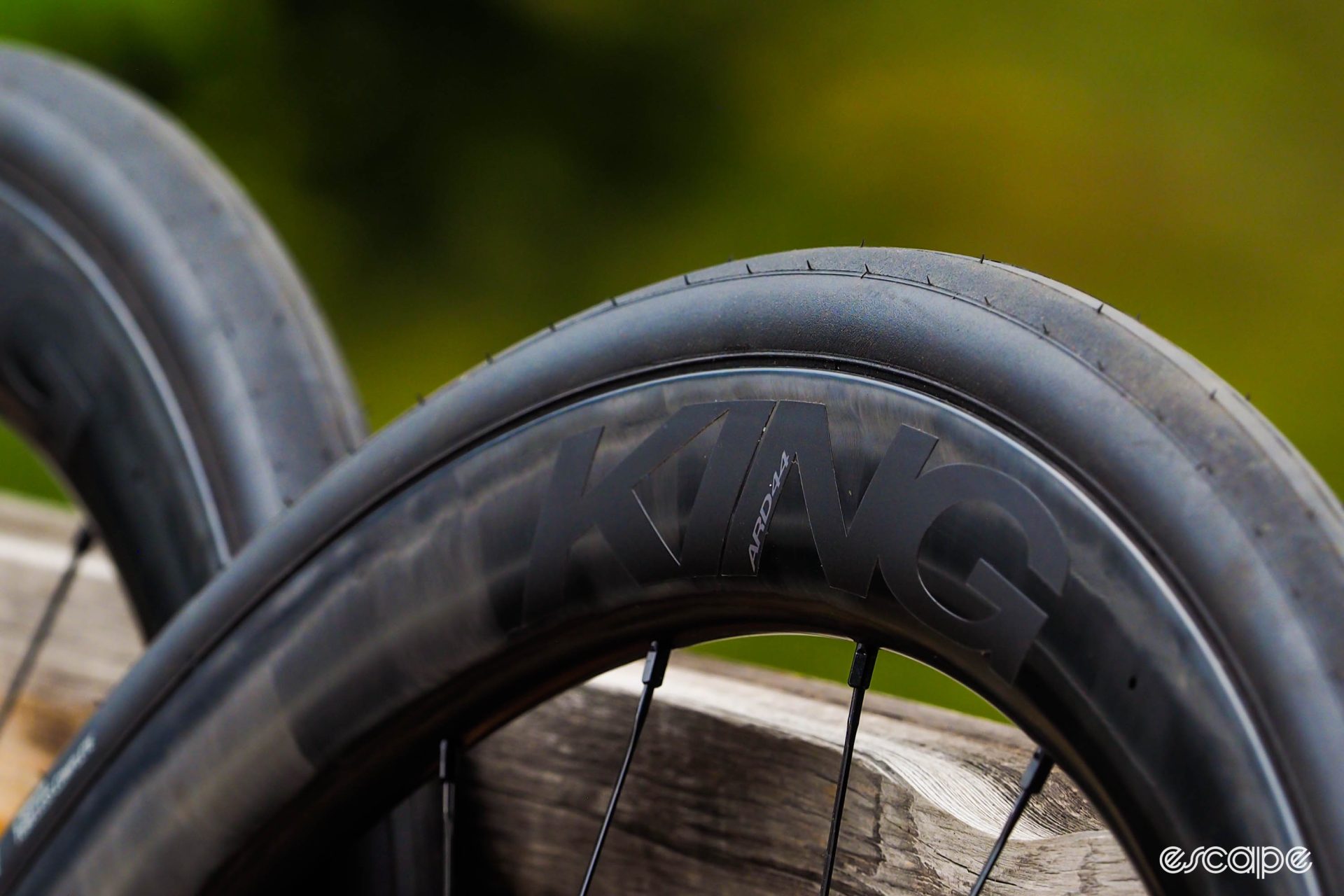Chris King is a brand synonymous with premium hubs, as it rightfully should be: the company (and the man) has been making those coveted hubs for nearly 30 years. The Portland brand has been steadily growing its range of complete wheelsets since first diving into the segment in 2013, and its latest model is the ARD44, an aero all-road offering with a versatile 44 mm depth, a generous 25 mm internal width, and a modern profile.
For the most part, they’re what you’d expect from Chris King: superbly built, high-tech without being overly gimmicky, and competitive without claiming to be the absolute best at anything. They’re also available in colors and yep, they’re pricey.
Shoppers going purely by the numbers may not be impressed, but as usual with this brand, the appeal lies in the nuances.
Wheels, wheels, and more wheels
Chris King may be best known for its headsets, but its coveted hubs aren’t far behind in terms of prestige and mystique. Although they’re regularly refined and tweaked as needed, the basic architecture dates back almost 30 years, and stands as a testament to their well thought-out design, with that incredibly durable and distinctive-sounding RingDrive helically splined ratchet mechanism, the trademark CNC-machined aluminum construction, and those legendary angular contact cartridge bearings, which are still made in-house.
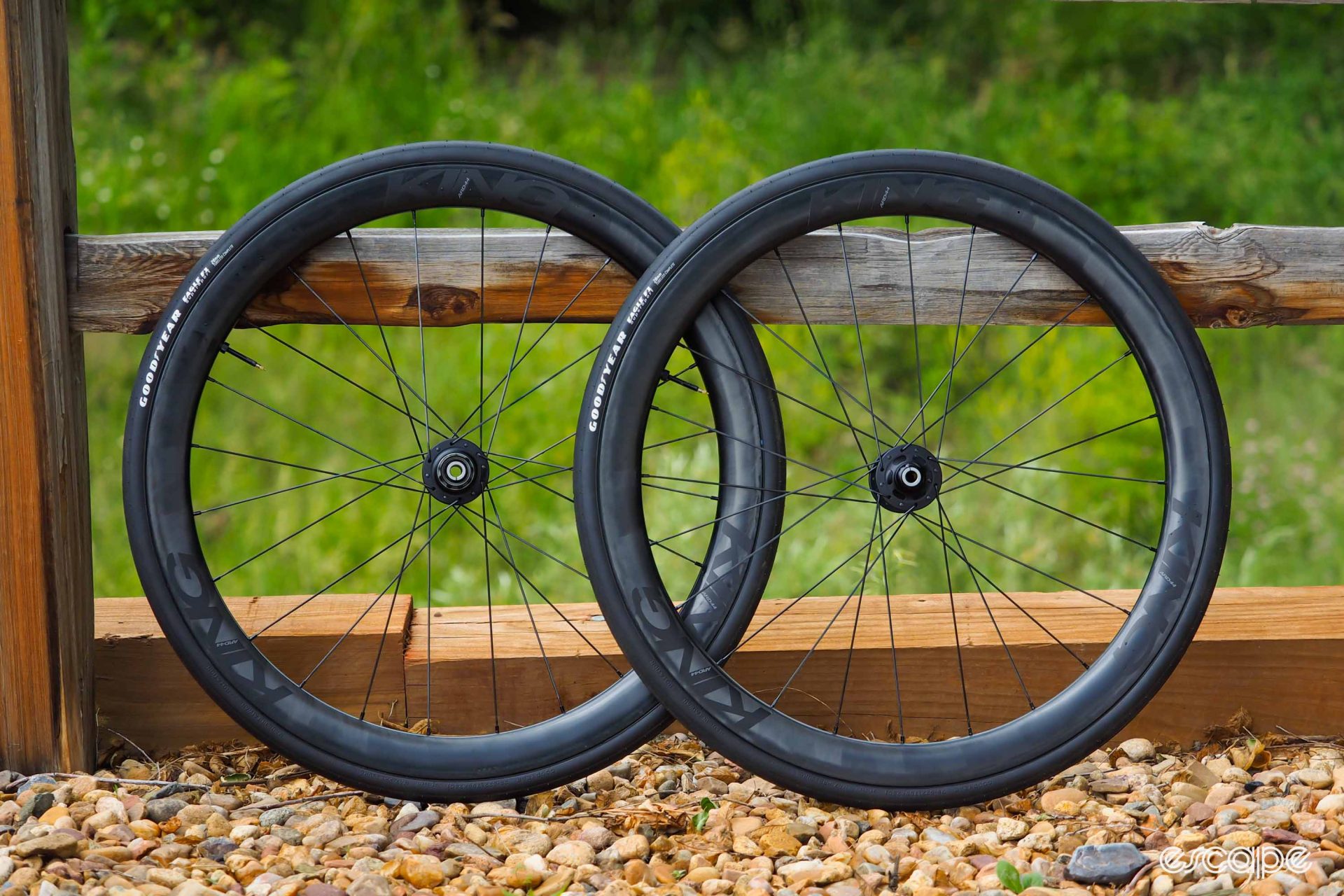
Standalone hubs are a tough sell, though, as they’re only useful after they’re built into a wheel. And so Chris King started offering branded complete wheelsets in 2013, initially with third-party rims provided by HED, Enve, and Stan’s NoTubes, built in-house supposedly to the usual standards that the brand’s devotees have come to expect. Rims bearing the Chris King logo wouldn’t come for almost another ten years, made in Gunnison, Utah by CSS Composites – the parent company behind aftermarket wheel brand Forge+Bond.
The ARD44 is the newest addition to the range, with a 44 mm depth intended to strike a sweet spot between speed, weight, and stability: deep enough to provide some tangible speed benefits, but still sufficiently manageable so that you don’t feel the need to leave them at home when it’s blustery outside, and decently light with a claimed rim weight of 435 g.
They’re also quite wide with a 25 mm internal width and 30.5 mm external width – perfect for 28 mm-wide (printed width) tires – tubeless-compatible, and as is becoming increasingly common these days, they feature a hookless design.
“We had a decision to make, and looking at the tire widths most of our riders wanted to run, coupled with the width of these rims, hookless made the most sense,” explained Chris King sales manager Greg Hudson. “It was the most future-looking way to go. I think had we gone hooked, we would be getting the opposite question: why didn’t we choose hookless? The hookless ARD44 rim gives a better aero profile than the same hooked rim, and there are a wide variety of tubeless road tires now, so for us, it wasn’t a controversial choice.”
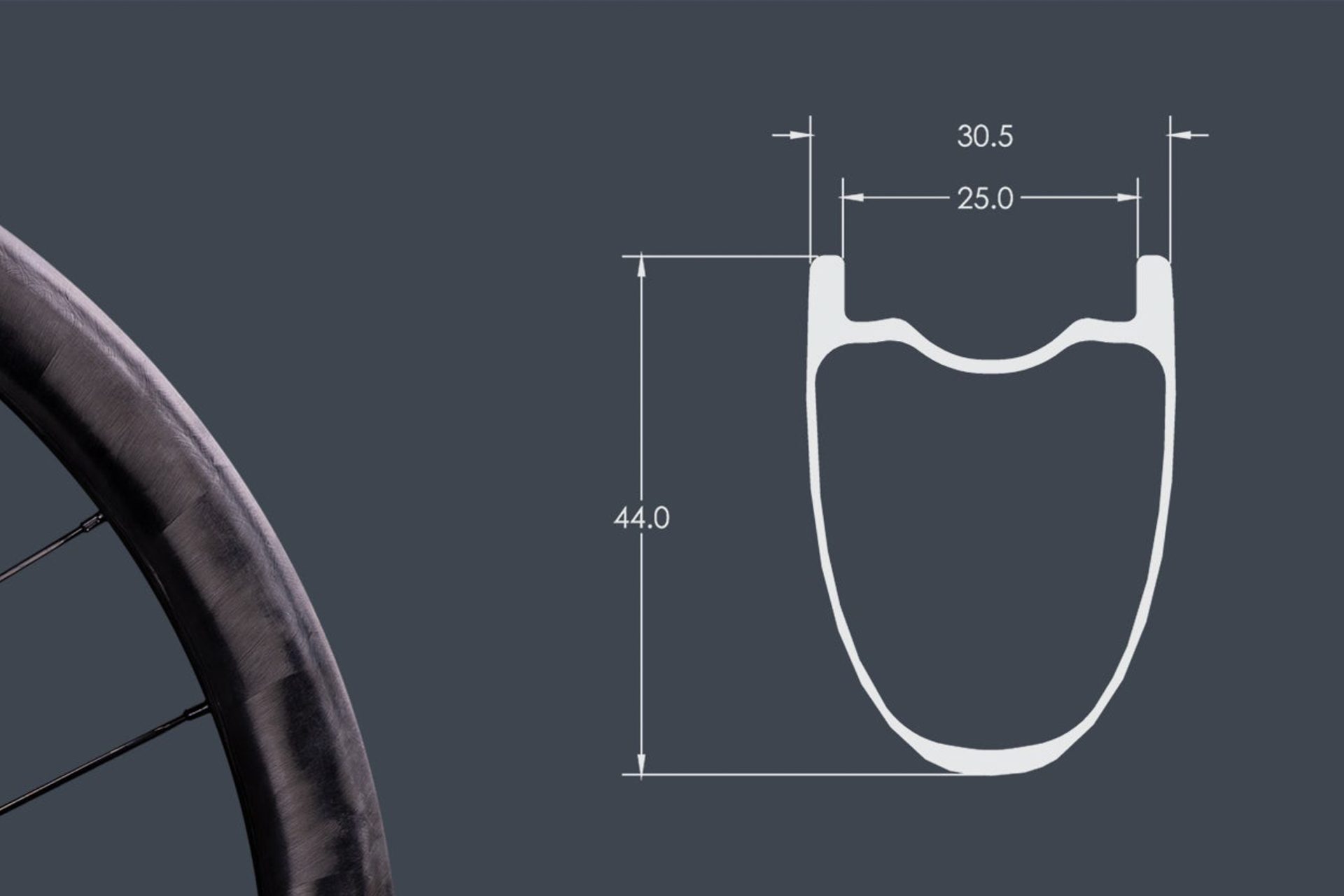
What really sets these rims apart from most carbon wheels, though, is the thermoplastic construction. Whereas traditional thermoset carbon fiber composite rims are destined for the landfill if they’re manufactured out of spec or somehow damaged after the epoxy is cured, thermoplastic rims feature a nylon-based matrix material that can be re-melted. As such, scrap finished products and unused material can be chopped up and re-molded into a wide range of downcycled products that are less structurally intensive. For example, CSS currently uses its scrap for some very fancy (and stupidly strong) tire levers.
CSS also says its mostly automated manufacturing processes produce a lot less waste than thermoset methods – a good thing since, after all, what’s even better than downcycling your scrap is making less of it to begin with. Overall, CSS claims its rims have a carbon footprint that’s about 30 percent lower than the competition.
Chris King joins those rims to its own R45D road hubs with Sapim CX-Ray bladed stainless steel spokes and your choice (!) of brass or aluminum nipples – all externally located – in a conventional 24-hole, two-cross pattern. Hubs are offered in 10 (!) different anodized colors with Shimano or SRAM-compatible aluminum freehub bodies, and your choice of stainless steel or hybrid ceramic bearings (both manufactured in-house, aside from the bearing balls themselves). Whatever options you choose, though, it’s Center Lock only for the native rotor interface.

Claimed weight is 1,525 g per set (705 g front; 820 g rear), and retail price is a heady US$2,850, including tubeless valves and Shimano rotor lockrings. Chris King doesn’t establish official retail pricing for other countries, preferring instead to “leave that to our global distribution partners.”
My test set tipped the scales a little heavier at 1,585 g (729 g front; 856 g rear) although that was with the factory pre-installed tubeless tape.
Setup notes
Whatever misgivings you may have about the ARD44’s hookless format (I’ll get to that in a minute), there are thankfully no issues whatsoever with respect to tire installation. Even the somewhat tighter-fitting 28 mm-wide Goodyear Eagle F1 Supersport tires I primarily used for testing mount with a single lever, and it’s the same story with a set of 28 mm-wide Continental GP500 S TRs.
More importantly, both sets of tires inflated and fully seated using just a higher-volume floor pump (my trusty Topeak JoeBlow Ace DX, in this case).
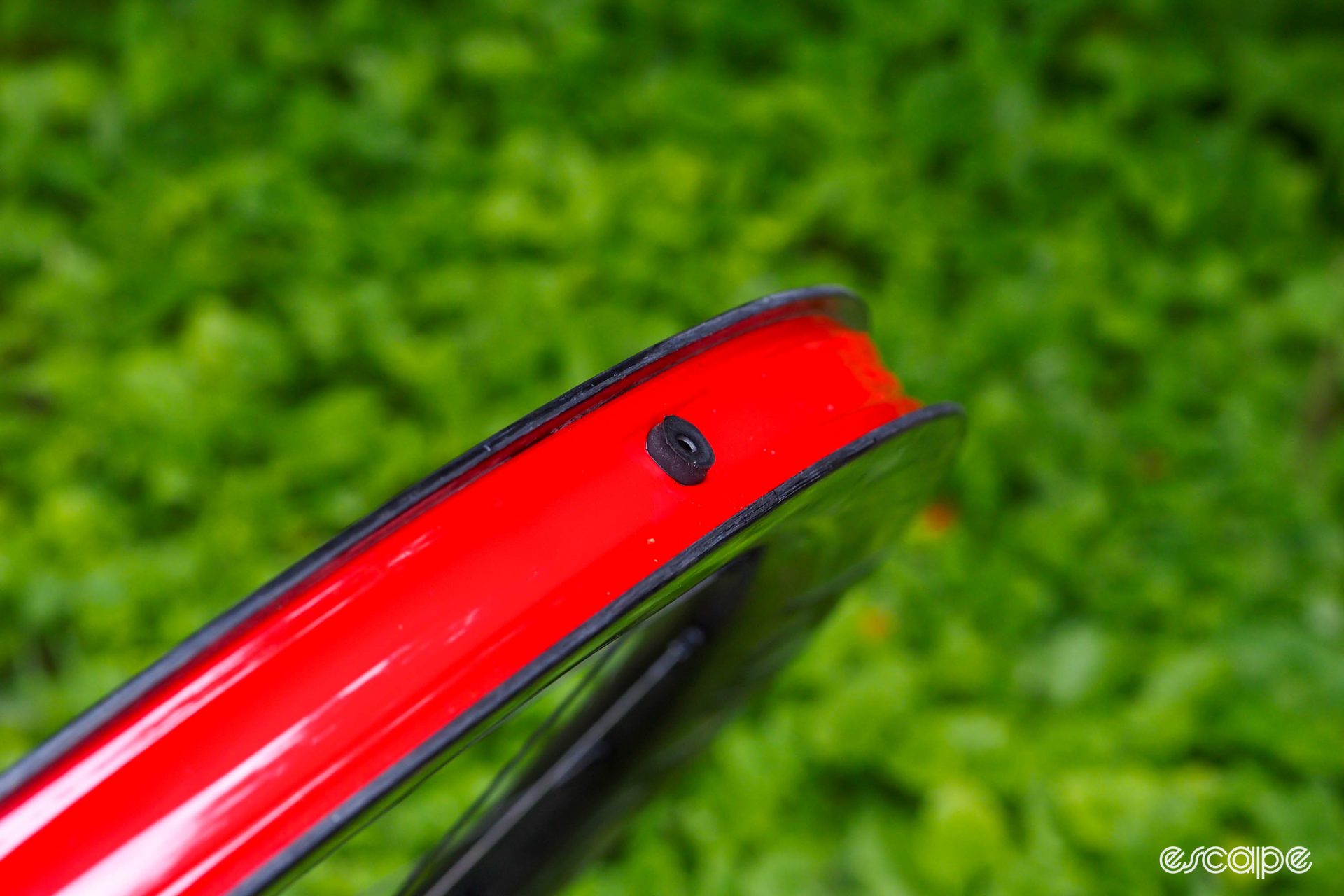
The geekiest of geeks out there will have picked up on a curious detail here, though: the latest ETRTO technical guidelines for rim and tire compatibility doesn’t actually approve the use of a 28 mm-wide tire on a 25 mm-wide rim. But is that a problem? Yes and no. Mostly, it’s just a little confusing.
“The ARD44 meets the 2022 ETRTO standards, with a minimum tire width recommendation of 28 mm that we have tested and validated,” explained Chris King’s sports marketing and events manager, Jay Sycip. “While we stand by this width, we recognize the 2023 ETRTO recommendation for a 25 mm internal rim width is a minimum tire width of 29 mm. We suggest considering this option while acknowledging the ARD44 has been validated with a 28 mm tire according to the 2022 ETRTO standards.”
There’s also a bit of setup required for the hubs that isn’t normally required for most modern wheelsets. Chris King’s R45D hubs are built around angular contact bearings, and they need to be properly adjusted. In this case, the wheels should be mounted in the bike with the threaded adjusting collars slightly loose, and then they need to be tightened just enough such that there’s no lateral play at the rim. This isn’t entirely unlike the process you’d use for older hubs with cup-and-cone bearings (basically what we used to call angular contact back in the day), but at least now there’s only a single hex wrench required and not a couple of specialty cone wrenches.
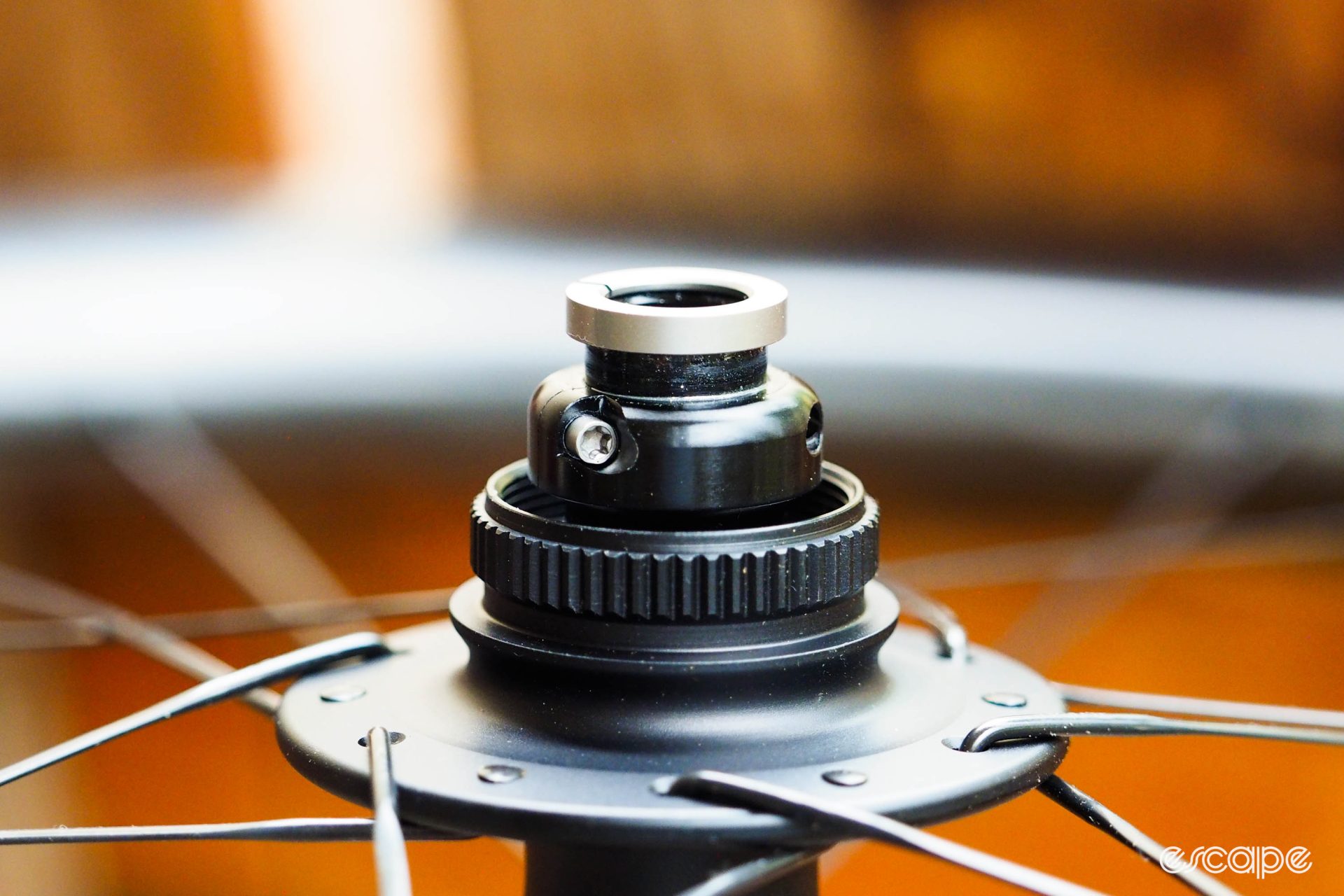
In any event, although it’s a necessary process that’s important to note, it’s at least a simple one.
Overall build quality was spot-on: even spoke tensions, almost imperceptible runouts for trueness and roundness, and even the factory-installed tubeless tape was perfect. Bravo.
On the road
I’ve ridden a handful of aero road wheels that absolutely wowed me from the first few pedals strokes. In all honesty … I wouldn’t put these wheels in that category. However, that’s not to say these aren’t excellent wheels. It’s just that they likely won’t stand out the way you perhaps might want them to.
In terms of aerodynamics, the ARD44 feels modern, if somewhat unremarkable given how much seemingly everyone has progressed in this area over the past few years. That all said, Chris King has done a good job tailoring these for the intended “all road” purpose.
The 30.5 mm external width makes for a good match with 28 mm-wide (printed width) tires, which invariably puff up to just over 30 mm. This technically violates the “105% rule” that so many people like to reference, but we’re really splitting hairs here – literally by less than a millimeter. And that hookless format? It may limit things somewhat in terms of tire compatibility and maximum pressure (just 73 psi, regardless of tire width), but it also produces an impressively smooth transition to the tire casing for a nice, clean aero profile.
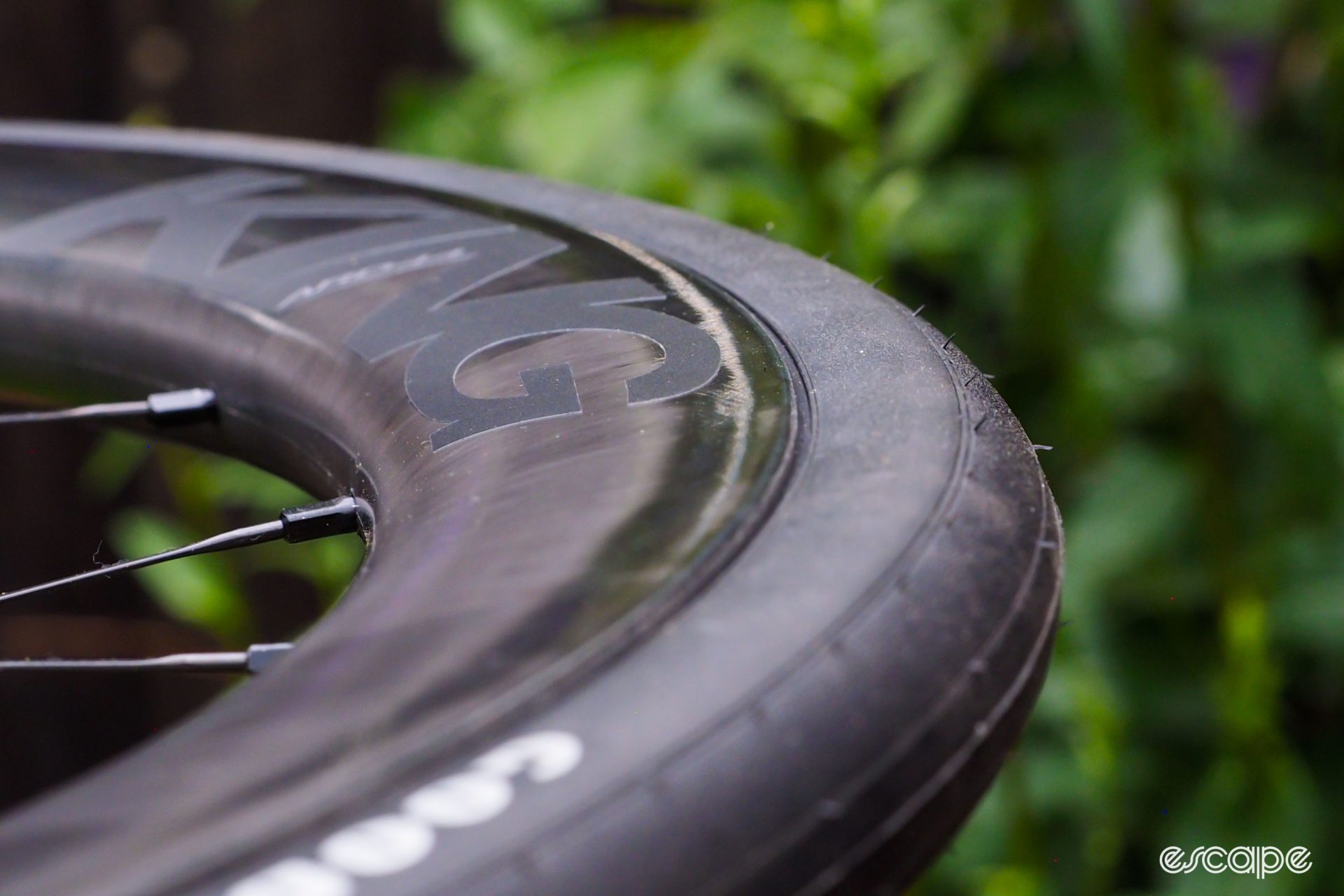
On the road, the ARD44s carry speed well, and like other good aero wheels I’ve ridden, it’s tangibly easier to maintain higher speeds as compared to a non-aero setup. Big surprise, I know. If the ARD44s stand out in any way, it’s in crosswind stability. Between the wider tires, the fatter and only semi-deep rim profile, and the blunt trailing edge, they’re noticeably easy to control in blustery conditions – no need to leave them at home for fear of getting unexpectedly blown off your line.
Even the sound is pleasant. Chris King’s RingDrive mechanism is known to be rather buzzy in the mountain bike version – so much so that the company’s current logo is fashioned like a honeybee. But the more friction-focused R45D hubs have 45 engagement points instead of the usual 72, and they’re quieter and more muted as a result. They’re not quite silent, but they’re quieter than you might expect from a Chris King hub. The freehub is also a little draggier initially than some others, but it does break in a fair bit over time.
Weight-wise, the ARD44s feel better than their so-so performance on the scale would suggest. Nearly 1,600 g for premium-priced, 44 mm-deep aero road wheels sounds comparatively heavy, but it’s important to note that much of that extra mass is centered at the hubs, where it’s less noticeable. At just over 400 g for the hubset, the R45Ds are by themselves about 100 g than much of its competition. However, the 435 g rim weight is competitive, so the difference in inertia is pretty minor. Still, when you consider what else is out there at this price range, it’s hard not to think twice. Overall, the ARD44s are excellent in steady-state conditions, but they almost certainly won’t be the first choice for someone looking for an aero wheel that can also be a top-tier climbing wheel.
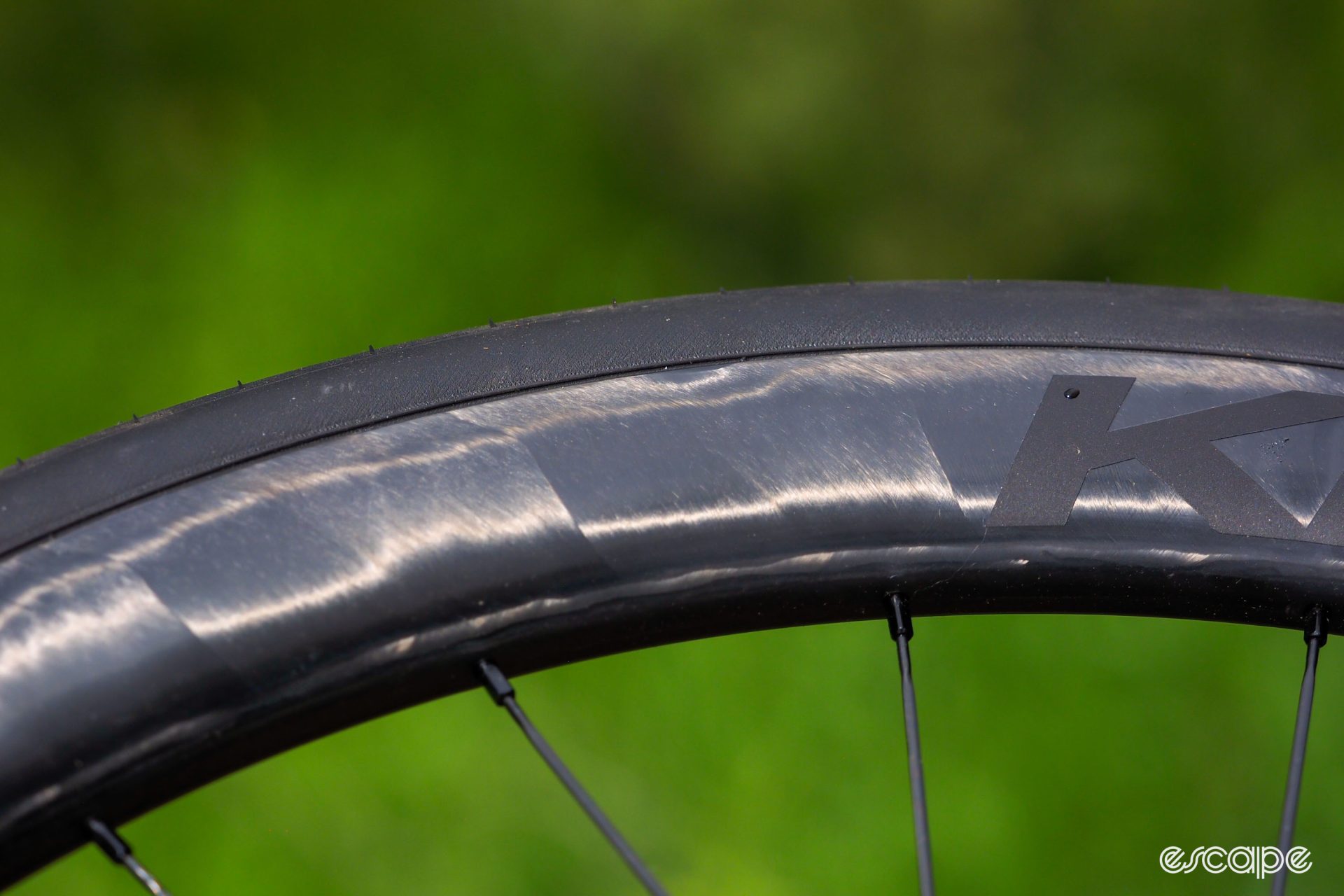
Things get more interesting in terms of ride quality.
Having ridden a few thermoplastic carbon fiber mountain bike and gravel wheelsets (also using rims made by CSS), I was anticipating a more noticeably damped feel to the ARD44. However, the ride quality turned out to be not all that different from other good carbon wheels of similar depth made with more conventional thermoset composites – perhaps owing to the deeper-section rim, which is inherently more resistant to bending under load than the very low-profile sections CSS has typically produced for mountain bike and gravel applications. To be clear, these ride nicely, and there is just a hint of a more muted feel on stuff like especially coarse tarmac and chipseal. And for sure, it’s a big difference from most wheels I’ve ridden with carbon fiber spokes. But the difference is so subtle that I don’t think most riders will notice. If you were thinking these might provide some sort of magic carpet ride, I’m sorry to burst your bubble.
Ok, so the ARD44’s on-road performance doesn’t exactly stand head and shoulders above the rest. However, the appeal of the ARD44s lies more in the details.
More specifically, it’s the hubs.
Even nicer house-brand hubs from most wheel brands may feature stuff like ceramic bearings, but the reality is the production cost of those things is still a fraction of what goes into a set of Chris Kings. According to an industry friend of mine with intimate experience with this sort of thing, Chris King’s production costs for a set of R45Ds is at least five times (five!) that of even particularly high-quality hubs sourced from Taiwan. However, have you ever seen a Reddit thread devoted to crummy King hub longevity, or how the RingDrive mechanism is prone to spontaneously blowing up? Yeah, me, neither.

That sort of thing isn’t a trait that leaps off the page if you’re mostly shopping based on things like weight or price or a reams-thick white paper. By those metrics, the ARD44s are overpriced and overweight, and if Chris King took the time to do any wind tunnel testing, there’s no mention of it on the product page. Even a cursory Google search will reveal lots of other wheels that are lighter, more aerodynamic, and way less expensive.
But if you’re the type of rider who replaces their gear when it’s worn out instead of out of style, the sort of well-proven long-term robustness that comes with the Chris King name will mean a lot more than a few grams.
Chris King’s after-sales support continues the theme, too. Granted, the company’s no-questions-asked rim replacement program is fast becoming the rule rather than the exception, but it’s still nice to see nonetheless. And the fact Chris King will go to the trouble of rebuilding the existing hub (after an in-house spa treatment) instead of just shipping out a new wheel like most companies might come off as a penny-pinching measure to some, but others will see it as further indication of the brand’s dedication to a small environmental footprint. Damaged rims aren’t just tossed in the trash, either. According to Chris King, they’re eventually shipped back to CSS, where they’re chopped up and molded into other products.
“Making the best wheel isn’t about making it the ‘most’ of any one thing,” Hudson said when I asked him who he thought the ARD44 was for. “Good design is about balance, and we think the ARD44 strikes the best balance between aerodynamics, weight, durability, stiffness, compliance, and sustainability. A wheel is a complex system and reducing it to single superlatives is maybe good for marketing, but not as good for ride performance. For example, the industry has fetishized lightness and stiffness for a long time; it was an easy story to tell. But the reality is that the lightest wheels can lack durability and don’t always suit the needs of the riding style. The stiffest wheels lack in ride quality and performance. The truest story about the best wheels is pretty nuanced, and so, as usual, we’ve given ourselves the hard task of telling that story. Ultimately, it’s the best wheel we could make, and we hope we have a long enough track record of delivering quality that riders will trust us on it.”
Playing the long game
The bike industry is renowned for concentrating on the initial splash with the latest-and-greatest tech, and impressive specs that leap off of the page to compel customers to hit that all-important “Buy It Now!” button.
Chris King clearly isn’t interested in playing that game.
I’d be curious to know the sales figures for the ARD44, as going only by the numbers, they’re not the most compelling option. Not everyone is primarily interested in the initial splash, though, and Toyota devotees will know exactly what I’m talking about here. The wow factor may be a little lacking here, but there’s peace of mind in not having to worry about anything further down the road.
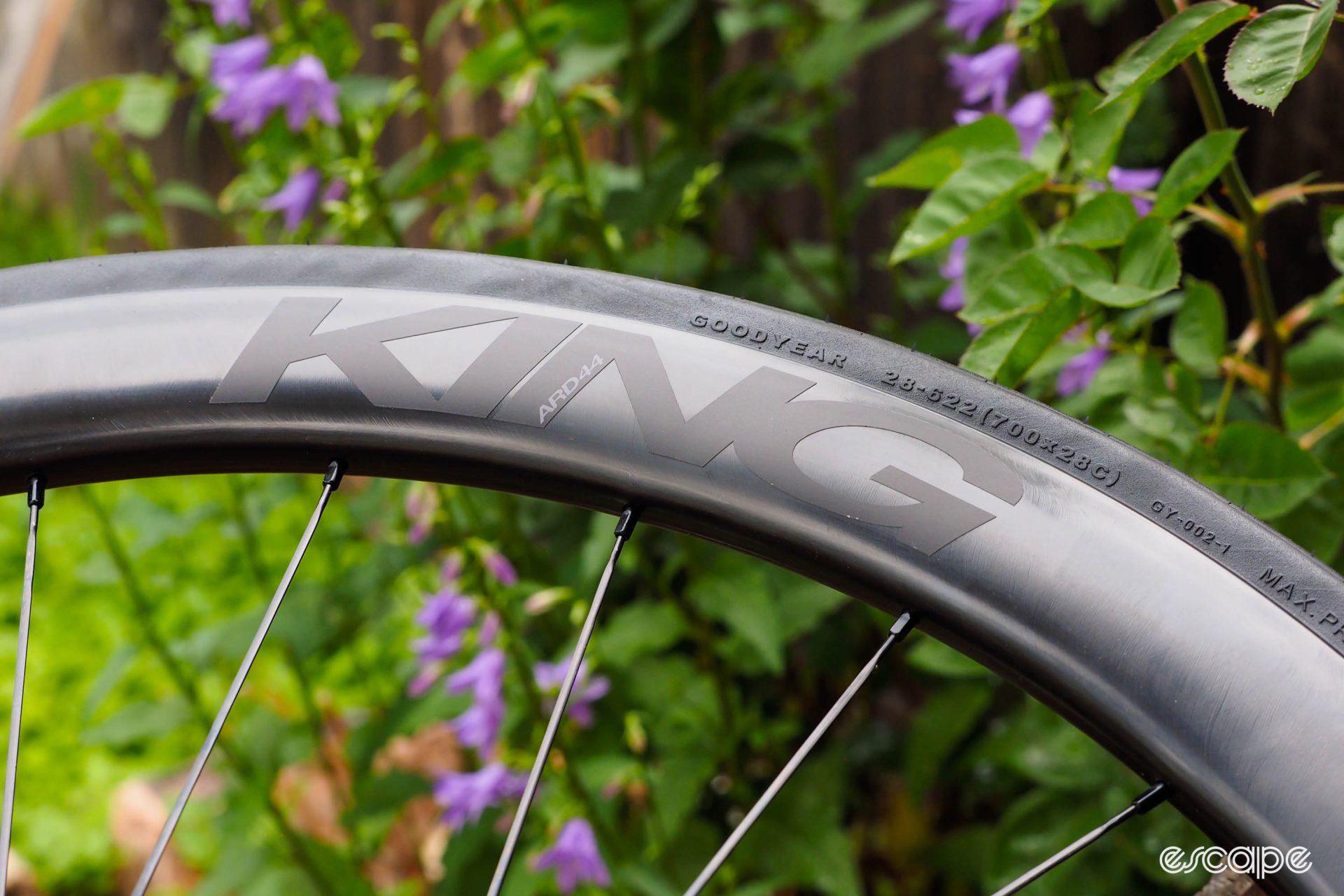
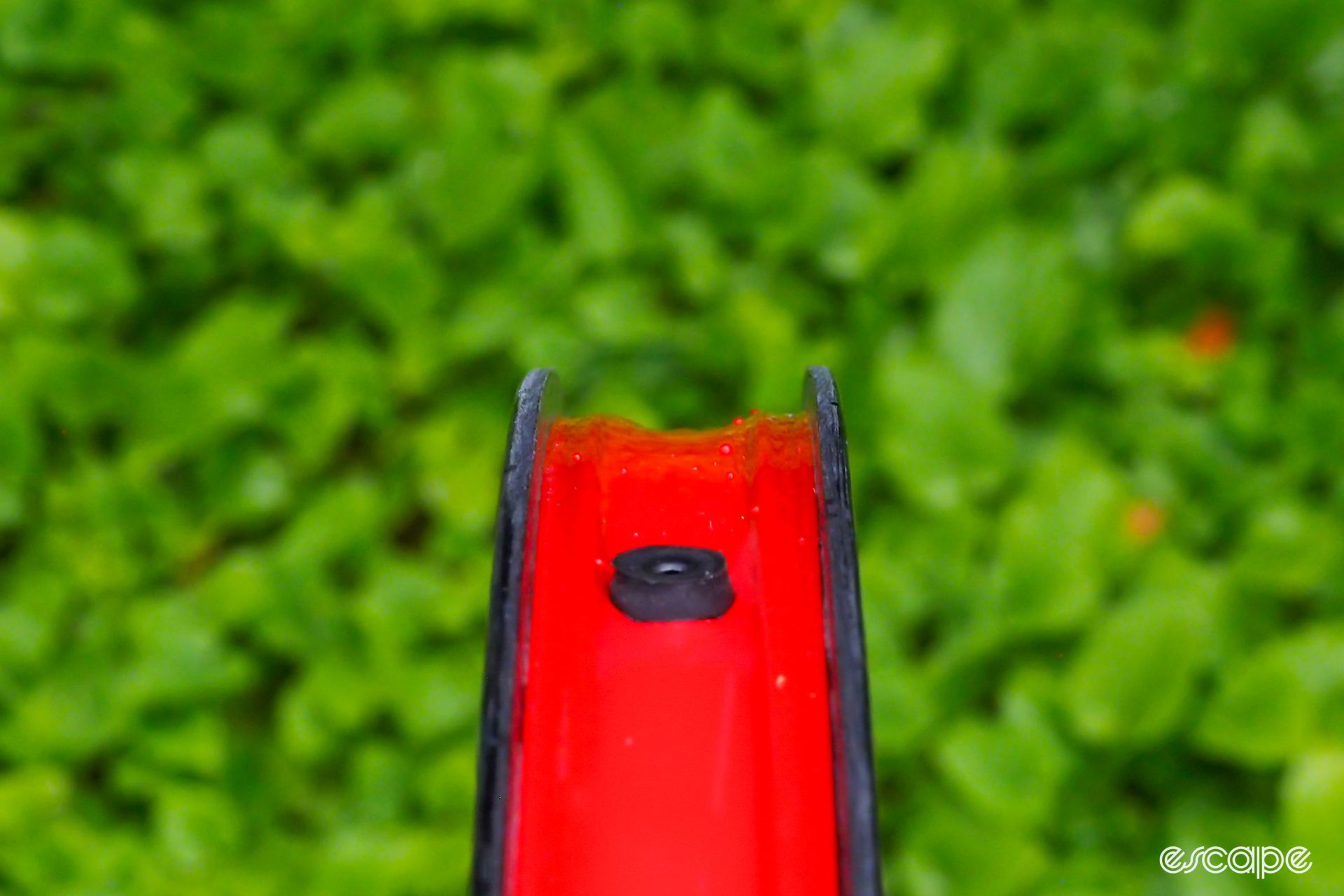
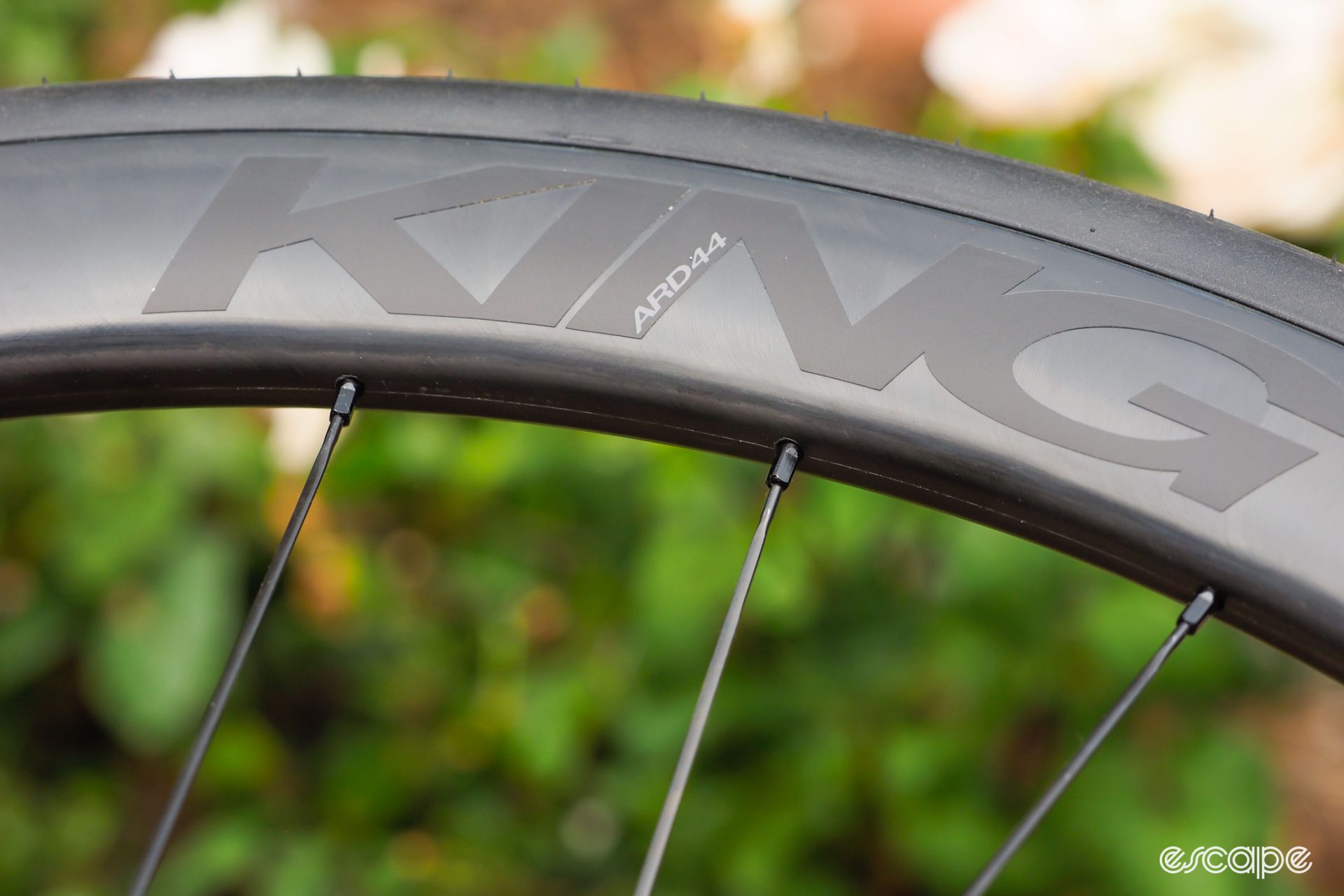
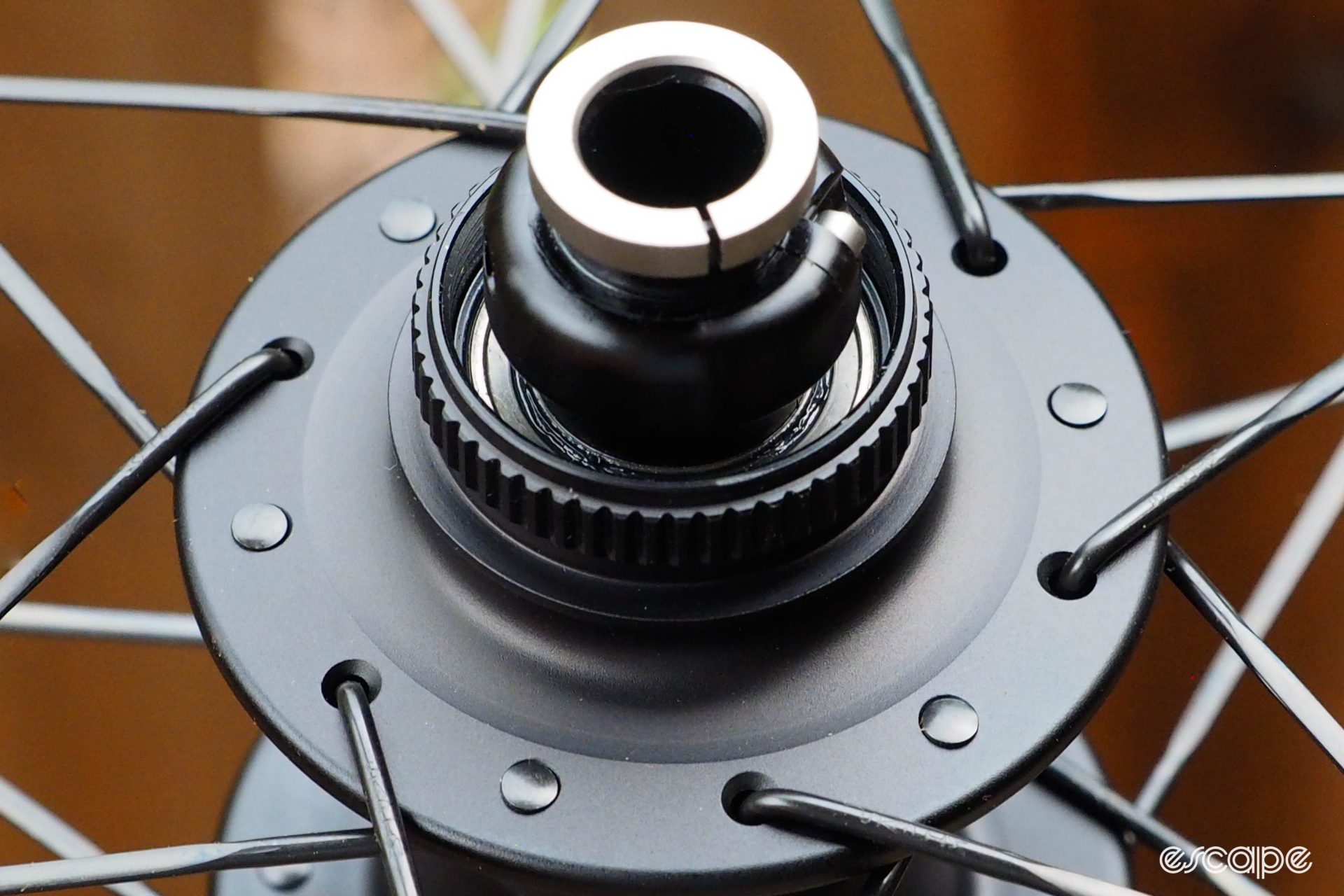
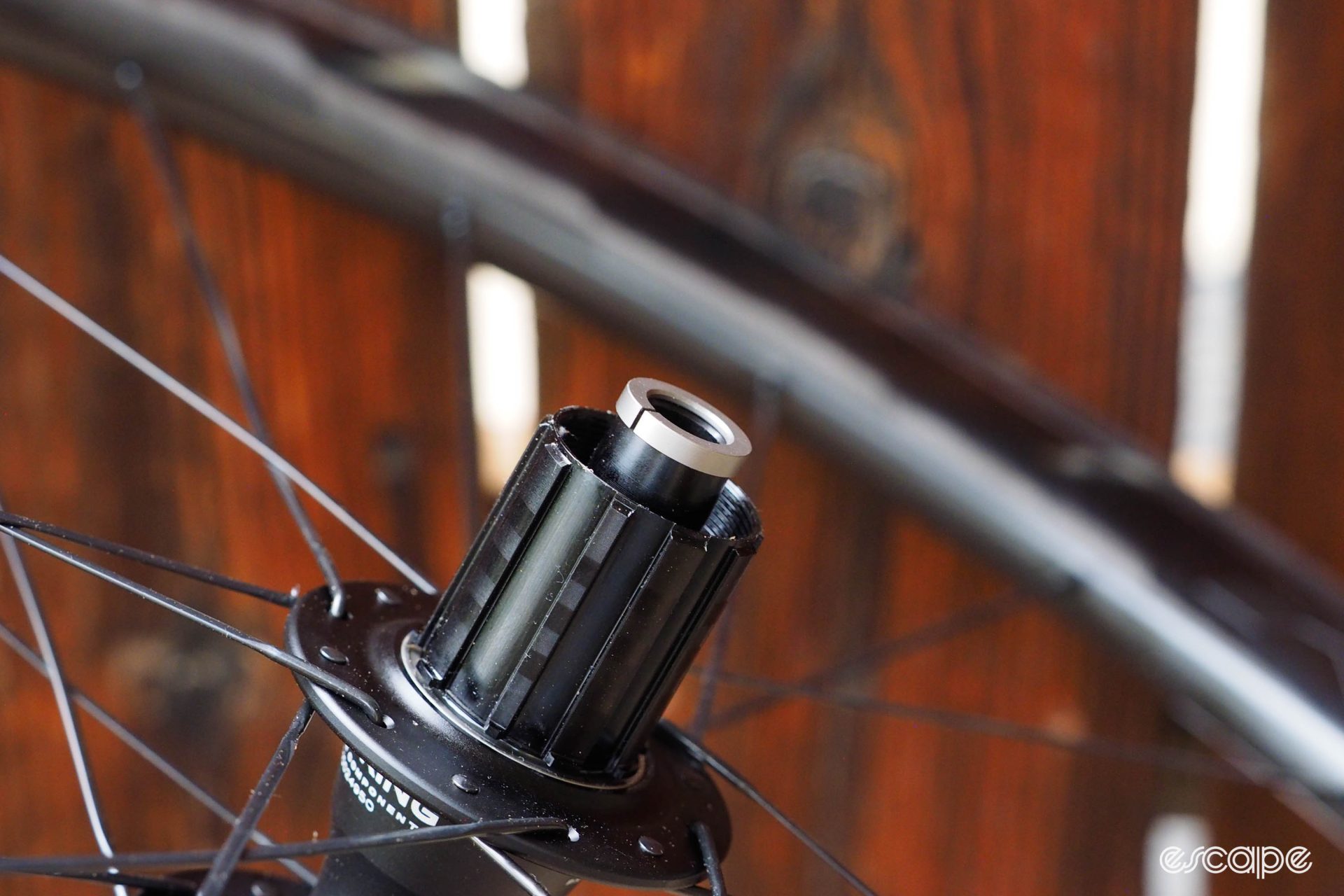


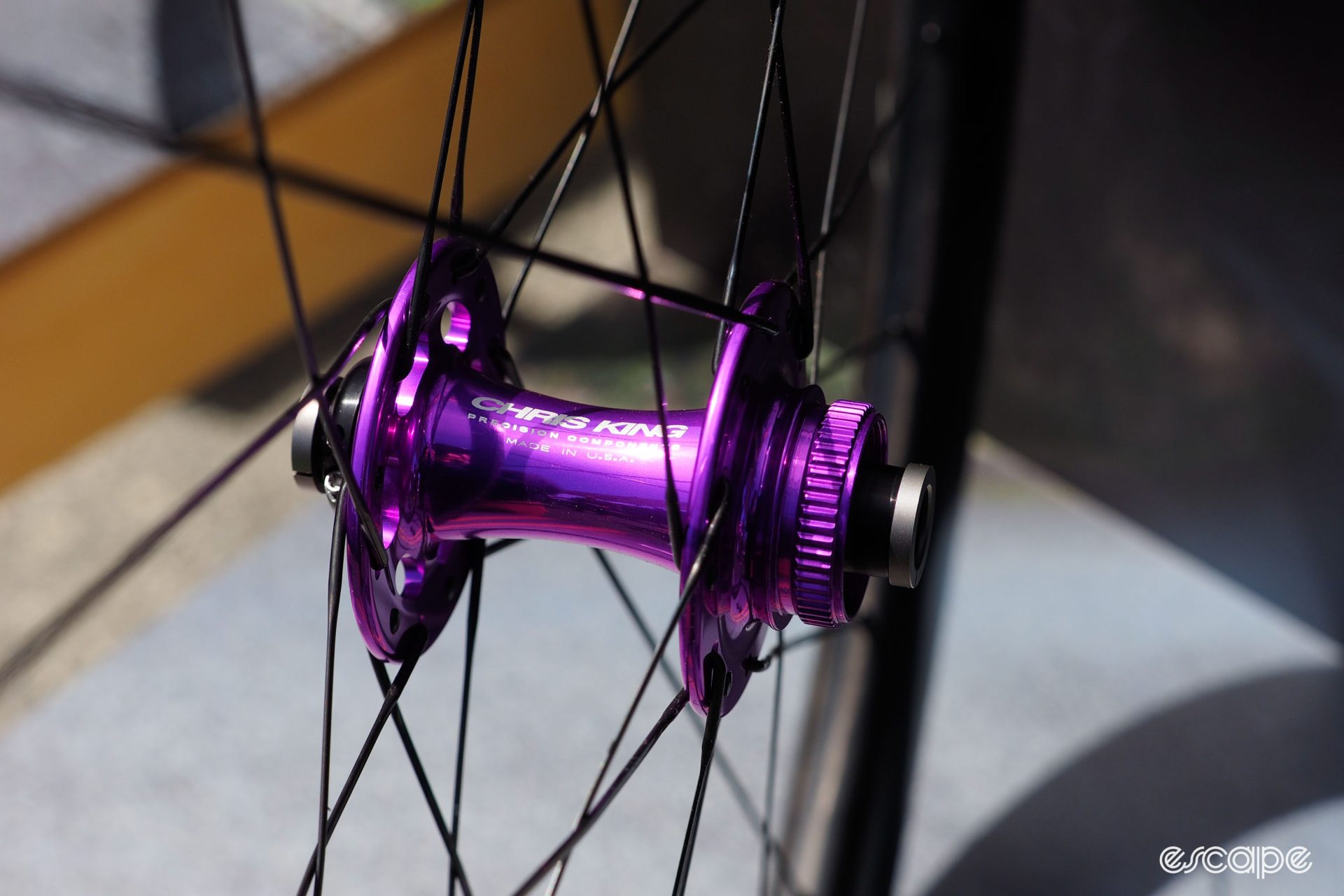
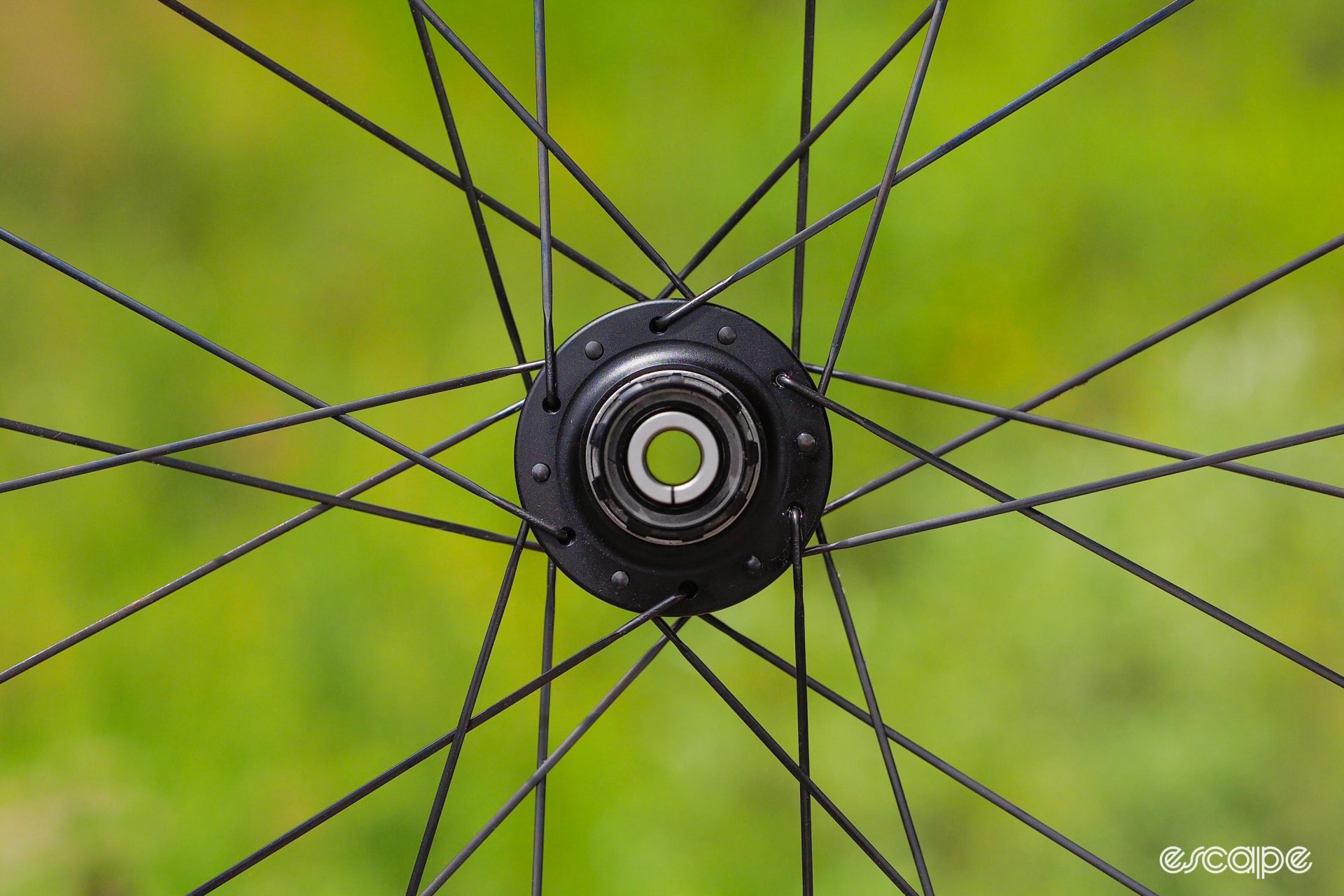

What did you think of this story?
